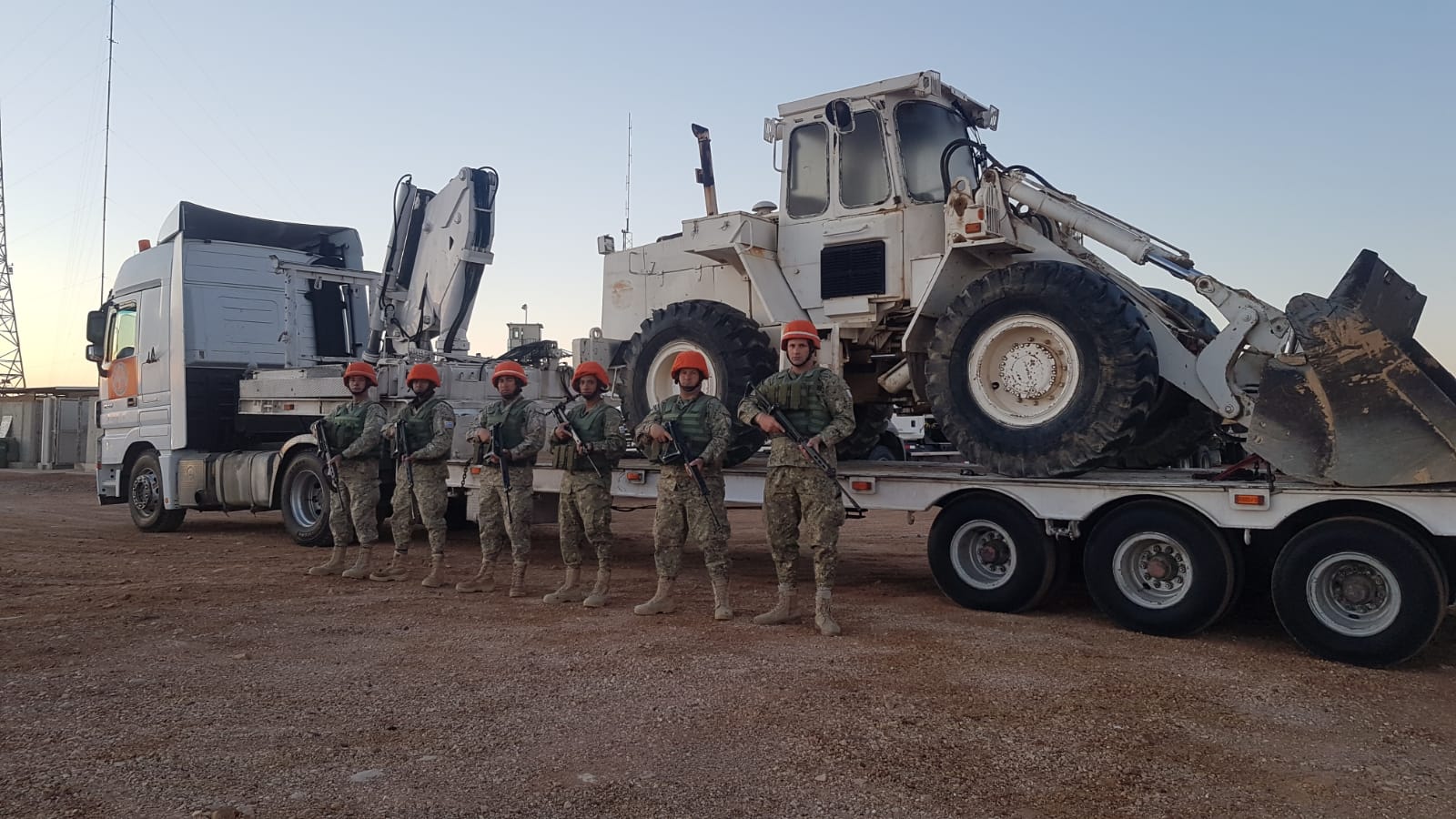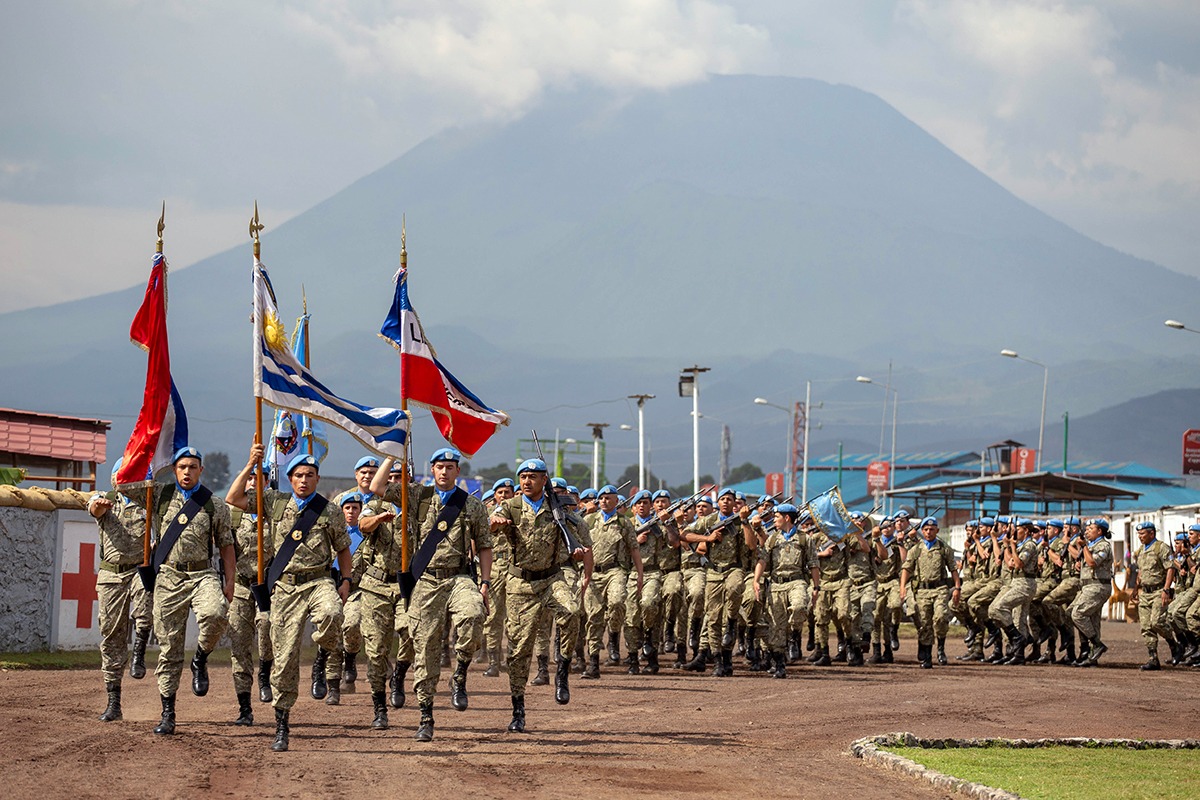After periods of instability in South America, the different States started international attempts to find solutions for disputes between countries via non-violent means.
In this framework, due to the existing conflict between the Republics of Bolivia and Paraguay for the so-called Chaco Boreal, Uruguay participated in 1928 in the separation of opposing forces by occupying small forts in the field, with two Senior Officers, as a guarantee for both parties, who would then participate in the 1929 peace talks.
Subsequently, in 1935, Uruguay sent a Group of Military Observers from its National Army to that region, which marked the first historic involvement of the sort.
In 1945, the United Nations Organization (UN) is created. Uruguay contributes Military Observers under the UN flag and wearing the blue helmets since 1952, mainly from the National Army, for deployment to the territory of Cashmere; the border between India and Pakistan.
Uruguay’s international involvement continued to increase and in 1982, a transport unit contingent from the National Army was deployed to the Sinai Peninsula, thus integrating the Multinational Force and Observers (MFO), which was established as a consequence of the Camp David Accords between the republics of Egypt, Israel and the United States of America. This establishes the first deployment of a large Uruguayan contingent performing peace missions.
In order to carry out this mission, personnel were voluntarily called upon and a after a selection process based on best performance, the different specialized positions were filled. A nine-month specific training program given by the future Commanders of the fraction followed. Training was given in what was then the Army Weapons and Services School, currently named the Army School of Weapons and Specialties. This marked the first precedent of training focused on fulfilling a peace mission.
Along those years, Uruguay also integrates the group of nations which participate in the Antarctic Treaty, and from that moment onwards, it starts to operate a permanent base within the Antarctic Circle.
On the other hand, during this time, the UN Security Council increasingly requested for military observers and military contingents to be deployed to different parts of the world. Thus, since 1992, the government authorized the Armed Forces to start creating battalion-level units intended for Cambodia (UNTAC), Mozambique (ONUMOZ) and Angola (UNAVEM III), with the Army having a predominant role. Also, the increasingly complex operations to be fulfilled gave birth to the National Support System for Peacekeeping Operations (SINOMAPA, for its Spanish acronym) in 1994. This system reported to the Ministry of Defense and had representatives of the different ministries deemed convenient, as well as from the Navy and Police General Staff.
In this way, and as a consequence of the increasing need for having Officers and NCOs trained specifically for this type of operations, the decision to create an Institute for the purposes of this preparation was made. In 1995, the Army Peace Operations Training Center (CIOPE, for its Spanish acronym) was created under the aegis of the Army General Staff. At this center, existing experience was gathered and it opened its doors to the rest of the Armed Forces. This new development led to the creation of the Uruguayan Army School of Peace Operations (EOPE, for its Spanish acronym) in 1998, based on the CIOPE.
With the turn of the new millennium, a battalion was deployed in 2000 to the Democratic Republic of the Congo (MONUC) and to the Republic of Haiti (MINUSTAH) in 2004. Along with the troops in the Sinai Peninsula (MFO), they made up a human capital to peace missions which represented considerate effort for a nation of only 3 million inhabitants.
In 2008, the EOPE became the current National Peace Operations Training Institute of Uruguay (ENOPU, for its Spanish acronym) which included senior positions coming from the three Armed Forces.

 Español
Español






